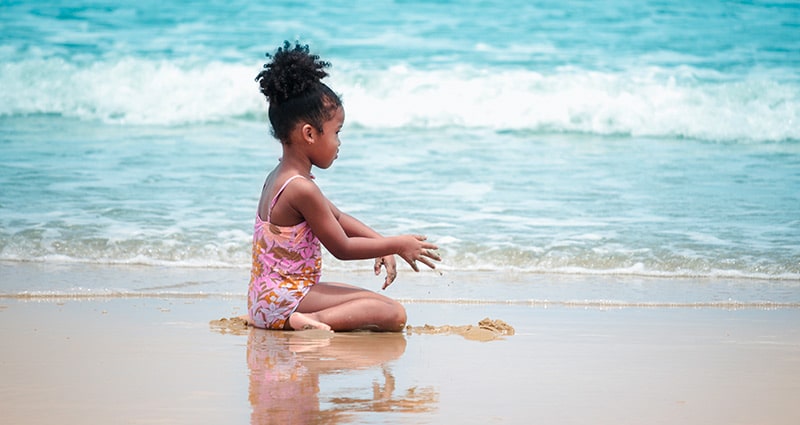Drowning is the top cause of death for all children ages 1-4 outside of birth defects. When you increase the age range to 14 years old, it remains the second-leading cause of unintentional death behind only car accidents.
There are two types of drowning: fatal drownings and nonfatal drownings. Nonfatal drownings can result in serious complications, including brain damage and long-term disability.
What Causes Children to Drown?
A child drowning can occur around almost any amount of water. The American Academy of Pediatrics says that the biggest risk factor for early age drownings is unexpected and unsupervised access to water. Nearly 70% of all drownings of children ages 4 and younger occur during times they were not supposed to be swimming.
Young children face risks even when they are near shallow bodies of water. Children can drown in less than two inches of water. It’s important for parents to note that drowning can happen quickly and silently, and they may not hear their children struggling or thrashing in the water if they are drowning.
What Can Parents Do to Reduce Their Children’s Risk?
Keeping kids safe in the water is all about improving their “water competency.” Water competency is the ability to anticipate, avoid and survive common drowning situations. Other components of water competency include:
- Basic swim skills
- Knowing when and how to wear life jackets correctly
- The ability to recognize and respond to other swimmers in distress
- Water-safety awareness (e.g., knowing the recognizable dangers of the “deep end” and to never swim without adult supervision)
Studies show that children as young as a year old can benefit from swim lessons. However, parents should keep in mind that swim lessons and having children who are strong swimmers won’t prevent drowning on their own. Also “puddle jumpers” should not be used in place of proper life jackets.
Ideally, kids should be comfortable in the water with properly-fitted life jackets (especially near open water, such as lakes, rivers and oceans) and be supervised at all times in and around the water by adults who know how to assist and rescue children during water emergencies.
How to React to a Near-Drowning Situation
Even when all precautions are followed, children may still experience drowning situations. That’s why it’s vital for parents and adults who are around swimming children to be well-versed in water safety and responding to aquatic emergencies.
In such emergencies, every second counts and rescuers should be able to reach and throw inflatable rescue devices, such as ring buoys, reaching poles, or even water jugs tied to ropes, rather than diving into the water.
Bystanders should also call 911 right away and be knowledgeable in CPR and first aid to assist rescued swimmers while waiting for first responders to arrive.




